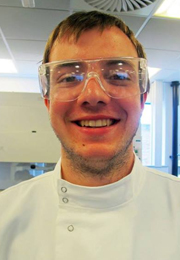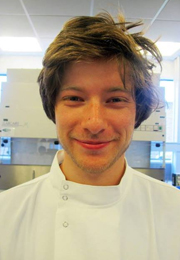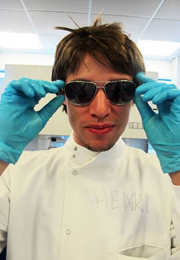Team:Exeter/Modelling
From 2013.igem.org
(→The pathways) |
Fentwistle (Talk | contribs) |
||
| Line 3: | Line 3: | ||
<div class="row"> | <div class="row"> | ||
<div class="span" style="text-align:justify"> | <div class="span" style="text-align:justify"> | ||
| - | == Introduction == | + | == Introduction == __NOTOC__ |
We aim to produce a model that predicts how the optical properties of our bacteria change in response to incident light. The purpose of the model is to numerically characterize our bio-bricks for future use and to help us create the first colour coliroid. | We aim to produce a model that predicts how the optical properties of our bacteria change in response to incident light. The purpose of the model is to numerically characterize our bio-bricks for future use and to help us create the first colour coliroid. | ||
Revision as of 10:17, 30 September 2013
Introduction
We aim to produce a model that predicts how the optical properties of our bacteria change in response to incident light. The purpose of the model is to numerically characterize our bio-bricks for future use and to help us create the first colour coliroid.
The Team
Physics |
Physics |
Electrical Engineering |
Modelling Software
The majority of our modelling efforts will be focused on creating a system of rules for the protein interaction programming language Kappa. Using Kappa we will be able to create a stochastic model, which will take experimentally determined reaction rates and provide an accurate prediction of the bacteria's reaction to light exposure. KaSiM, a stochastic simulator will be used to run the code that we write in Kappa and produce our results. We wil plot our results using GNU plot.
The pathways
The model is composed of a red, green and a blue light activated pathway. The chemistry of each pathway is described by a set of rules. The rates of which are experimentally or theoretically determined.
Assumptions
Due to the complexity of biological systems our model will include but not be limited to the following assumptions:
- Classical elastic mechanics
- Bacteria contain a homogeneous mix of components
- All constituents move with brownian motion
- Bacteria are identical
- Bacteria evenly distributed across surface
- Bacteria do not interact
- Only pathway specific species are rate limiting
 "
"







